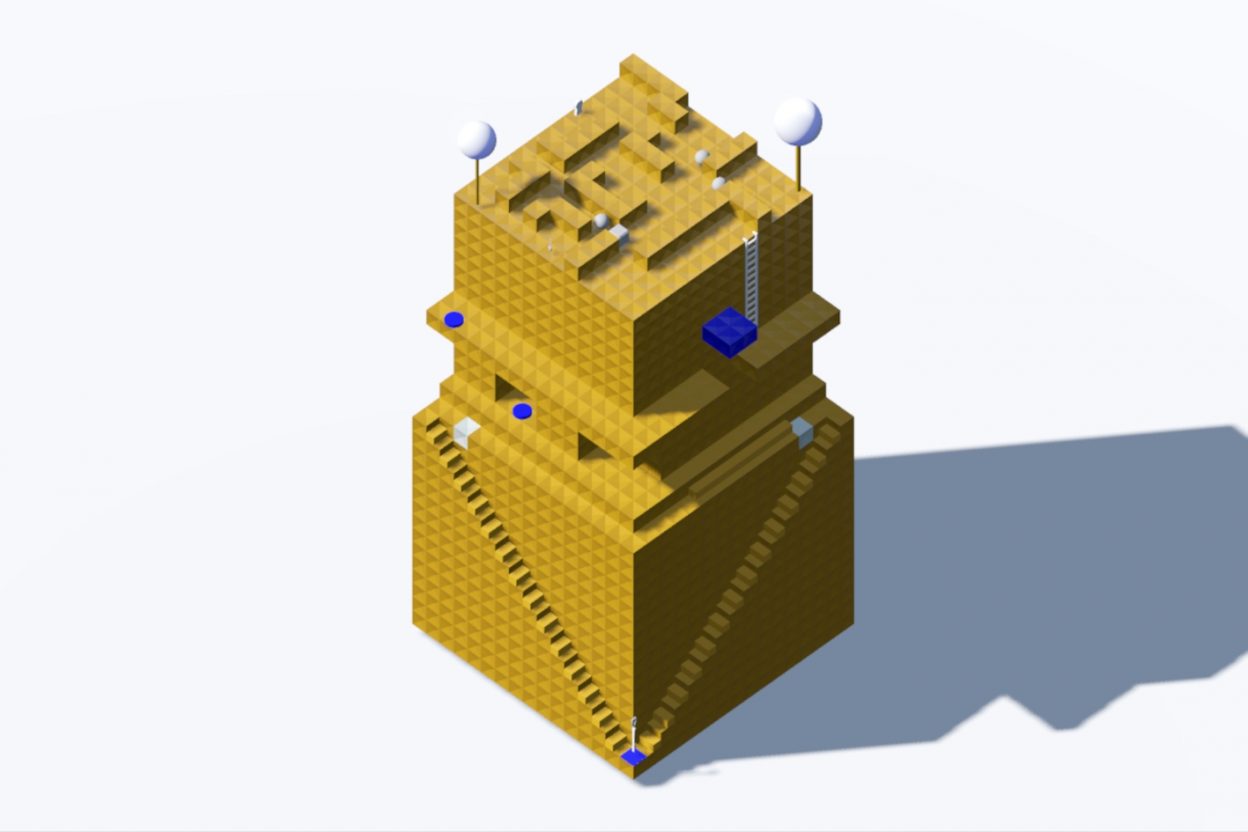OPTION MAIA
Video Games for Spatial Design
 Video game developed by student Kim Schönauer during the 2024/2025 academic year.
Video game developed by student Kim Schönauer during the 2024/2025 academic year.Content
Considering that every video game inherently involves space, with spatial design being a fundamental aspect of game development (Aarseth, 2001, p. 161; Totten, 2014), this course offers guidance on how to construct such spaces from the ground up. Beyond the practical aspects of game design, the course also delves into the analysis and comprehension of how virtual spaces within video games function and why they are so pervasive in contemporary life. In a society that is increasingly gamified (Colomina, 2013), where digital layers of virtuality enhance and extend the material world, strategies derived from video games permeate nearly every facet of life—from traditional games to gamified applications and playful mechanisms within social networks. Understanding how these virtual spaces and strategies operate is crucial for grasping the dynamics of this augmented reality.
Teaching aims
This course is structured around two primary objectives. First, it aims to provide an in-depth understanding of the software tools used to create virtual play environments, such as video games, and to apply this knowledge through a hands-on approach to comprehensively produce a virtual environment. Such expertise is crucial for conducting analyses that go beyond superficial interpretations of virtuality (Rushkoff, 2010). Second, the course emphasizes the importance of analyzing existing virtual environments, focusing on understanding their design, functionality, and underlying objectives, limits, and principles.
Teaching forms
Over the course of the class, we will learn how to construct an interactive virtual space. We will explore the core components that constitute virtual environments—code, design, and art—examining each in detail to understand their functions and how to develop them from the ground up. The process will involve creating a design document and focusing on the development of a fully playable environment. To gain a comprehensive understanding of the development process, we will work with Godot, a powerful open-source game engine. Godot uses GDScript, a language with Python-like syntax, making it accessible for anyone and a great entry point into game development. This approach will provide the technical knowledge necessary for applying these skills to future projects.
further information
To follow the classes and develop the course-work it is highly recommended to have a computer with the minimum requirements for installing video game creation software such as Godot, as well as an external mouse (and not just a

